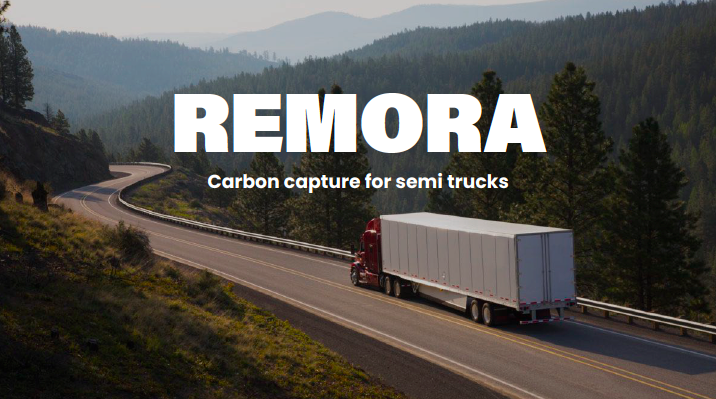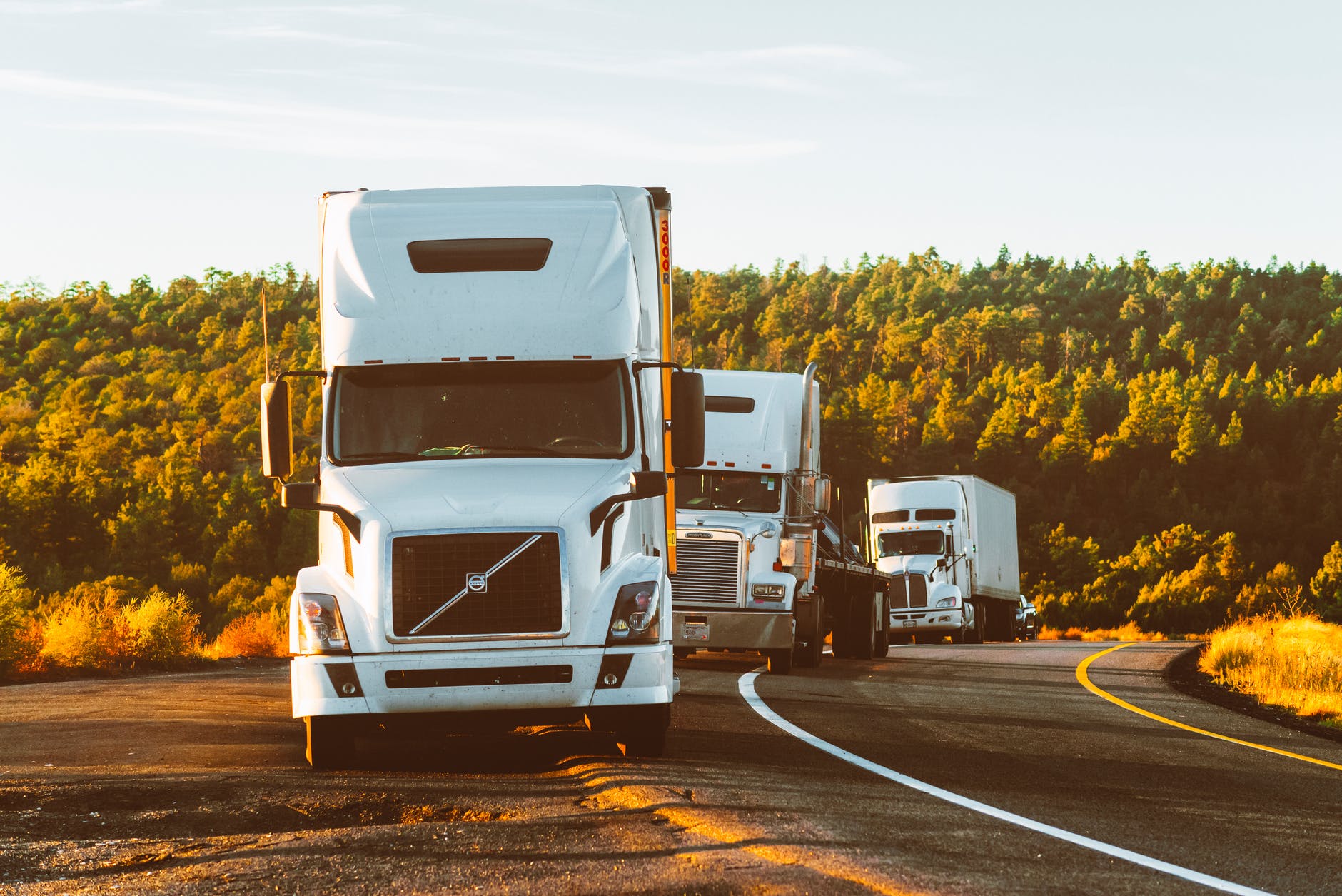

Our modern society is built up from innovations of past generations – and while this infrastructure supports advancements in technology, improves human health, and elevates standards of living, it is outdated.
As industrial factories power engines and turn cogs (with energy generated from fossil fuels), our planet suffers. The costs of using old technology does not equate with the environmental deficits. However, the solutions are numerous, and include renewable energy, biofuels, and the electrification of our energy grid, but adoption of a green economy will take a lot of effort – and perhaps more time than the planet requires.
So, what can we do in the interim as we make thie transition into a cleaner society?
How to improve old infrastructure
Companies like Remora are paving the way to improve older infrastructure; they are a case example of how to identify the gaps in our current system and design solutions to make a dirty industry greener in the most cost effective way possible.
Remora’s focus is on semi-trucks: vehicles with big, dirty engines that are a necessary component of our modern life. Remora retrofits these vehicles with a device designed to capture up to 80% of all carbon emissions. The captured carbon dioxide is then offloaded at a distribution center where it is sold to concrete companies, who use CO2 in the curing process for cement, improving the strength of the concrete and transforming the harmful CO2 gas into a mineral.
Modern minds fill the gaps from the past
It is no surprise that a large portion of the Remora team are millennials – people born into a world, confronted with a vast spread of environmental challenges – people with access to knowledge and information that can help them design innovations and solutions to the problems we face – people of the green future.
Remora was born from an unlikely yet adhesive alliance. When Christina Reynolds claimed her position as a leading expert in mobile carbon capture, she was a PhD student at the University of Michigan. After graduation, she began working for the EPA; although an irreplaceable resource for the EPA’s National Vehicle and Fuel Emissions Lab, she was later convinced by Paul Gross, an avid change-maker and senior at Yale University, to begin a business.
The team is comprised of experts, each with unique skillsets and interests. Eric Harding is a former diesel mechanic with a Master in mechanical engineering from the University of Michigan, and brings a wealth of knowledge into Remora’s decision-making. With Eric’s experience in building hydrogen and electric semi-trucks for some of the world’s largest automotive companies, he is a key player on Remora’s leadership team.
Now as Co-Founder’s and Co-CEO’s of Remora Carbon, Christina, Paul, and Eric have built a team of 27 people in less than a year. Remora now works with large, multibillion freight industries like Arc Best, Ryder, Werner Enterprises, etc.


Capture, Offload, Sequester
Remora’s mindset on mobile carbon capture can be focused down to these three steps:
Capture: “Our device retrofits onto an existing diesel semi-truck. It mounts between the tractor and its trailer, attaches to its tailpipes, and captures at least 80% of its carbon emissions.“
Offload: “While refueling at a truck stop or distribution center, the driver attaches a hose to our device, pumping the captured carbon dioxide into an offload tank in just 5 minutes.“
Sequester: “We sell the captured carbon dioxide to concrete producers and other end-users. We earn $15,000-$22,500 per truck each year, and we share half that revenue with our customers.“
The next step is to encourage the adoption of a biofuel or natural gas. With integration of cleaner fuels, along with Remora’s carbon capture device, trucks becomes carbon negative.
Carbon capture paves the way for CSR
Transforming a once dirty vehicle into a carbon negative powerhouse is key for environmental social governance (ESG). As industrial companies receive more pressure to report back on sustainability metrics, Remora’s innovation can support ESG metrics and corporate social responsibility reports (CSR).
Remora’s carbon capture invention is a benefit for all: the device quickly pays for itself with the carbon it captures, which is good for both the environment and for business. By cleaning up existing technologies and leveraging the infrastructure that already is here, Remora will help us make the transition into a cleaner economy.


Green.Org is a television show, podcast, social media, and news platform, hosted by Dylan Welch, that highlights climate change scientists, renewable energy experts, and clean tech entrepreneurs by giving them a voice in the mainstream media. The Green podcast highlights leading experts in cleantech, sustainability, media, finance, and real estate. Tune in and subscribe to the podcast on Apple or Spotify to listen to interviews with leading cleantech and sustainable experts. If you are interested in being featured on Green, click HERE.
